GPT for Modelling System Dynamics-AI tool for dynamic systems.
AI-Powered System Dynamics Modeling
Can you help me simulate this model in Julia?
How do I optimize my OpenModelica model?
What does this equation represent in system dynamics?
I'm new to Python modeling, where should I start?
Related Tools
Load More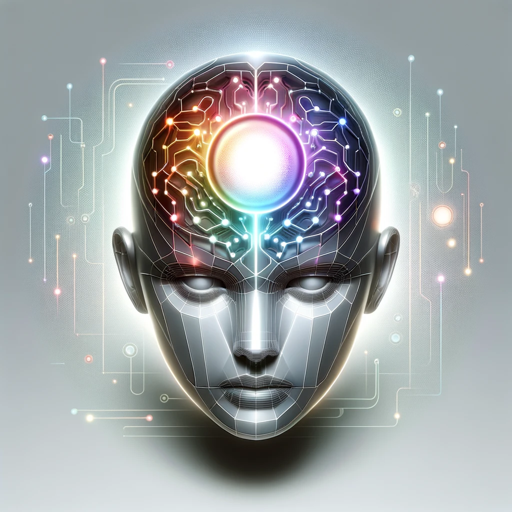
GPT Instruction Genius
[V4] Crafts detailed instructions from your ideas, to create GPTs that provide structured and consistent outputs. Tip: Write '/changelog' to see the latest changes!

GPT Architect
This GPT helps you build new GPTs.
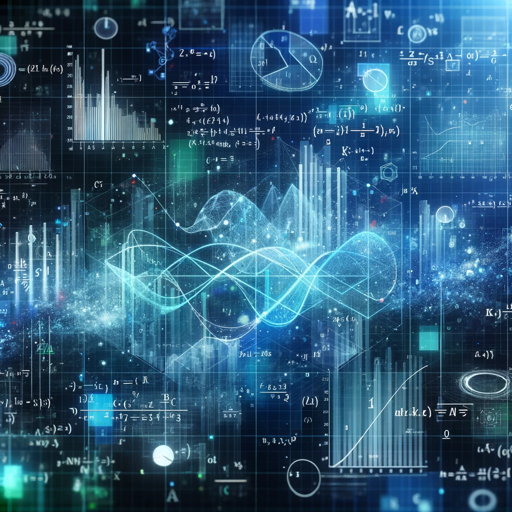
Mathematical Modeling GPT by Shahzad Ashraf
Expert in creating and analyzing mathematical models, applying statistical tests.

Design System GPT
Mentor for designers on creating modern design systems
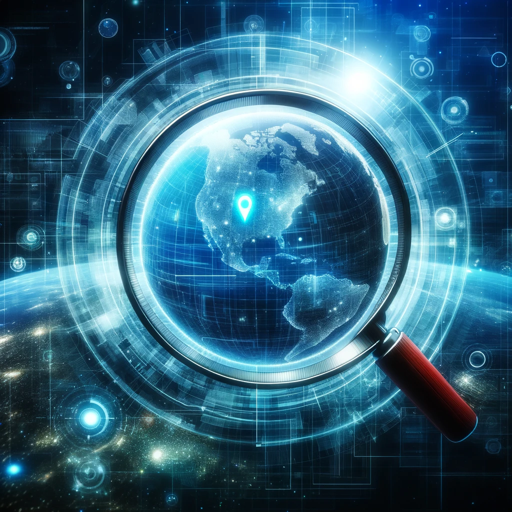
GPT Finder
Find best GPTs for your specific purposes, intelligently browse the web of 20000+ GPTs

GPT Idea Roller
Sparking joy with AI brainwaves!
20.0 / 5 (200 votes)
Introduction to GPT for Modelling System Dynamics
GPT for Modelling System Dynamics is a specialized version of ChatGPT designed to assist with the simulation and optimization of dynamic system models. It leverages tools such as OpenModelica, Julia, and Python to provide comprehensive support for modeling, simulating, and analyzing complex systems. The primary design purpose is to enhance users' understanding and application of system dynamics through clear explanations, technical details, and tailored support for various expertise levels. For example, beginners can learn how to set up basic dynamic models using Julia's ModelingToolkit.jl, while advanced users can explore complex simulations involving differential algebraic equations (DAEs) and optimization problems.

Main Functions of GPT for Modelling System Dynamics
Modeling and Simulation
Example
Creating a liquid tank model in Julia using ModelingToolkit.jl
Scenario
A user can define a model of a liquid tank where the inflow and outflow rates affect the water level. By using the ModelingToolkit.jl, the user sets up differential equations representing the physical processes, converts the model to a numerical form, and runs simulations to observe the tank's behavior over time.
Optimization and Control
Example
Optimizing the parameters of a PID controller for a thermal system
Scenario
A user wants to optimize the parameters of a PID controller to maintain a desired temperature in a thermal system. GPT can help set up the optimization problem, define the objective function, and use Julia's optimization packages to find the optimal parameters that minimize temperature deviation.
Symbolic Manipulation and Analysis
Example
Symbolic linearization of a complex mechanical system
Scenario
A user needs to perform a small-signal analysis of a mechanical system described by nonlinear equations. Using ModelingToolkit.jl, GPT assists in symbolically linearizing the system around an operating point, providing insights into the system's dynamic behavior and stability.
Ideal Users of GPT for Modelling System Dynamics
Researchers and Academics
Researchers and academics involved in studying dynamic systems and control theory can benefit greatly from GPT. It helps them set up complex models, run simulations, and analyze results, facilitating their research and enabling them to focus on developing new theories and methodologies.
Engineers and Practitioners
Engineers and practitioners working in fields such as aerospace, automotive, and energy systems can use GPT to model and simulate real-world systems, optimize control strategies, and improve system performance. GPT provides practical support for solving industry-specific problems and enhances productivity through efficient simulation workflows.

How to Use GPT for Modelling System Dynamics
1
Visit aichatonline.org for a free trial without login, also no need for ChatGPT Plus.
2
Set up your system with the necessary prerequisites such as Julia, Python, and OpenModelica. Ensure you have a working knowledge of these tools.
3
Familiarize yourself with the uploaded documents and resources related to system dynamics and modeling provided on the platform.
4
Utilize the GPT for assistance in simulating, optimizing, and solving dynamic models by entering your specific queries related to your models or theoretical concepts.
5
Implement the solutions and advice given by GPT into your projects, and continuously refine your models with the guidance provided.
Try other advanced and practical GPTs
Zusammenfassung Plus: URL PDF Chat Docs Artikel
AI-powered document summarization made easy.

Malware Analysis | Reverse Engineering
AI-powered malware analysis and reverse engineering.

Econ GPT
AI-Powered Macroeconomic Analysis

Real Estate Attorney
AI-Powered Legal Guidance for Real Estate

Astro GPT
AI-powered astrology for personalized insights

Prompt Engineer (Build Prompts)
Enhance AI interactions with precise prompts

Excel Financial Model Prof / Review
AI-Powered Financial Model Review Tool
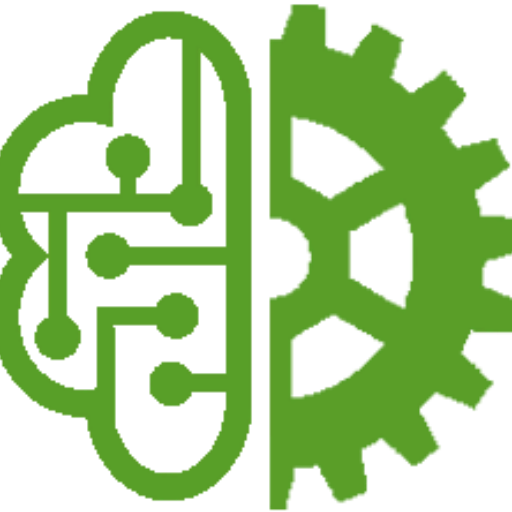
Ansys Engineering Simulation
AI-Enhanced Engineering Solutions

CodeOptima
AI-powered programming assistant.
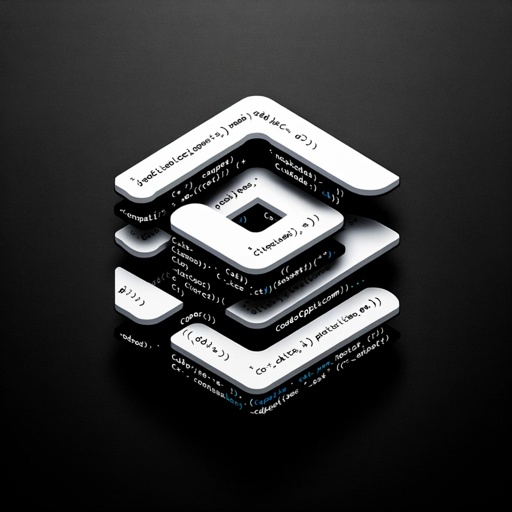
Friday
Intelligent AI, personalized for every task.

Task Project Management
AI-powered project management for efficiency.

Signal Maximizer
AI-Powered Information Synthesis

- Optimization
- Debugging
- Code Generation
- Simulation
- Theory
Q&A on GPT for Modelling System Dynamics
What are the common use cases for GPT in system dynamics?
GPT can be used for simulating dynamic systems, optimizing model parameters, solving differential equations, generating code for model implementation, and providing theoretical insights into system dynamics concepts.
How can beginners start using GPT for their dynamic models?
Beginners should start by visiting aichatonline.org for a free trial. They should then ensure they have the necessary software installed, such as Julia or Python, and familiarize themselves with basic concepts in system dynamics through the provided documentation.
Can GPT assist with specific modeling languages like Modelica?
Yes, GPT can assist with Modelica, as well as other languages like Julia and Python. It can help with writing, debugging, and optimizing code in these languages for dynamic system modeling.
What kind of technical details can GPT provide for advanced users?
For advanced users, GPT can provide detailed explanations of mathematical models, optimization techniques, solver configurations, symbolic manipulations, and more complex aspects of dynamic systems modeling.
Are there any prerequisites for using GPT for system dynamics?
Yes, users should have a basic understanding of dynamic systems, familiarity with tools like Julia, Python, or OpenModelica, and access to the necessary software packages. The specific documents provided by the user can also be very helpful.